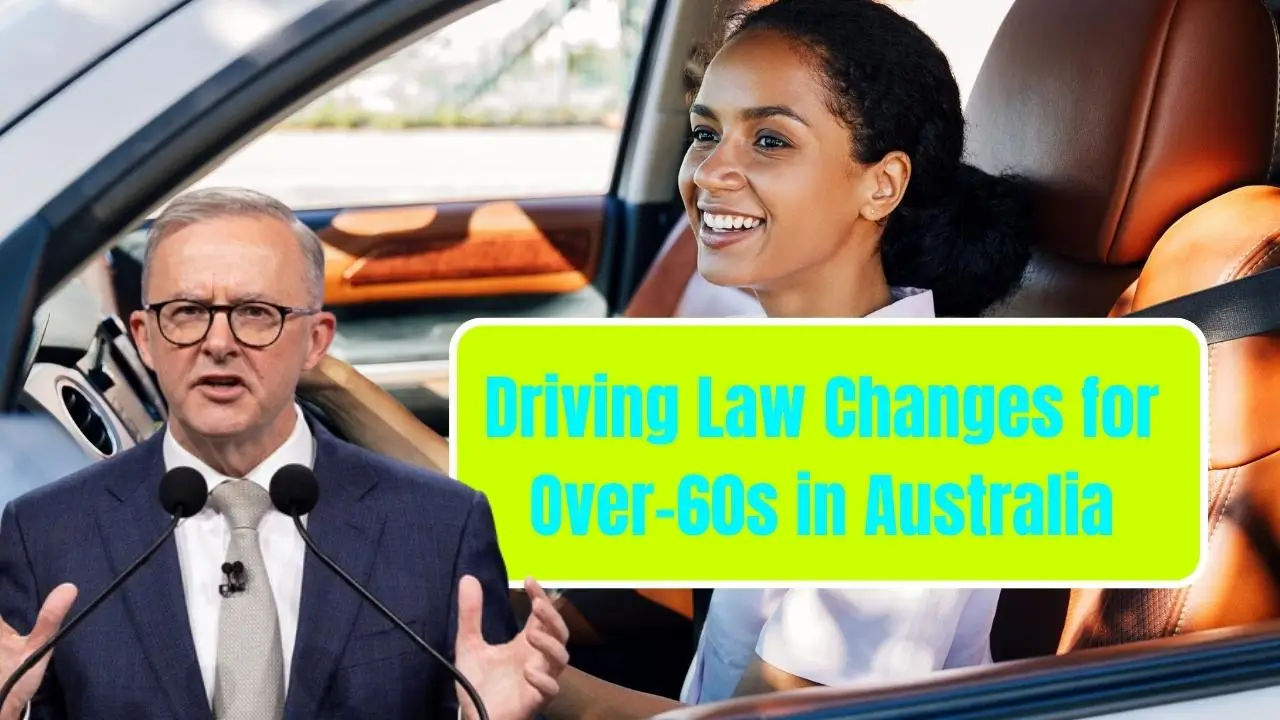New $1000 Driving Fine in Australia is not a headline to ignore this change flips the switch from friendly warnings to real penalties for behaviours that cause crashes, like phone use and seatbelt slackness. It’s simple: enforcement is tightening, the tech is sharper, and the stakes are higher for licenses and wallets alike. New $1000 Driving Fine in Australia also signals a broader shift in road policing—high-clarity cameras, human verification, and 24/7 deployments designed to catch the everyday shortcuts that most drivers don’t think twice about.

Think of this as a statewide reset on habits: touching the phone, glancing at messages, or wearing a seatbelt the wrong way will now cost more than a bad day. The new enforcement makes a clear distinction active phone use like texting or social media triggers the top-tier fine, while simply holding or touching the device sits in the lower tier. Combined with strict seatbelt penalties, the message is unmistakable: set up the drive before moving, keep hands off the device, and make sure every belt is fitted properly across shoulder and hips, not under the arm. Expect a network of fixed and trailer-mounted units operating across metro and regional routes to make this stick.
New $1000 Driving Fine in Australia
Overview
| Aspect | Details |
|---|---|
| Start of enforcement | From early October, AI safety cameras issue fines and demerit points in WA. |
| Key offences | Illegal mobile phone use, seatbelt breaches, speeding. |
| $1,000 fine trigger | Texting, emailing, or using social media while driving; higher demerits apply. |
| Lower-tier phone offence | Holding or touching a phone while driving; lower fine and demerits. |
| Seatbelt penalties | Unrestrained driver fined with demerits; extra per unrestrained passenger; separate fines for unbelted passengers 16+. |
| Trial outcomes | Hundreds of thousands of warnings; phone offences dropped markedly where cameras were active. |
| Where money goes | Revenue directed to a dedicated road trauma safety fund. |
| Coverage | Cameras across Perth metro and key regional corridors; fixed and mobile deployments. |
Why this clampdown is happening
This isn’t just about catching people out—it’s about cutting trauma. Distraction and poor restraint use have been stubborn contributors to deaths and serious injuries. The long warning phase showed behaviour improves when drivers know they’re being watched; now, fines and points are being used to lock in those gains. It’s a classic carrot-then-stick model: educate first, enforce second.
Exactly what will get fined
- The top-tier New $1,000 Driving Fine in Australia is tied to active phone engagement behind the wheel—texting, emailing, social media, or similar screen-based use.
- Holding or touching a phone at all while driving sits in a lower tier with a smaller, but still substantial, fine and demerit points.
- Seatbelt rules are strict: an unrestrained driver is fined with demerits, and each unrestrained passenger adds to the penalty; passengers aged 16 and over can also be fined directly if they’re not buckled.
How the AI cameras work in practice
The system blends AI detection with human review to avoid automated errors. Cameras capture high-clarity images that reveal device handling and incorrect seatbelt positioning. Deployments include fixed sites and trailer-mounted units to shift coverage and reduce evasion. The design is intentional: broad reach, variable positioning, and continuous operation.
What October means for drivers
The grace period is over. The same behaviour that used to trigger a warning will now result in a fine and demerits. With millions of licensed drivers in the state, compliance tips are not just nice-to-haves—they’re the difference between a clean record and a costly mistake. The practical approach: set navigation and audio before drive-off, enable Do Not Disturb, use a legal mount, and treat the seatbelt as non-negotiable.
Practical compliance tips to avoid fines
- Mount before motion: install a compliant cradle, set maps and music, then leave the phone alone.
- Use voice only if legal and safe; never hold the handset while moving.
- Belt discipline every trip: correct belt path across shoulder and hips; check every passenger.
- Build routines: enable driving mode to mute notifications, stow the device out of reach, and stop if something must be handled.
The data so far suggests it works
During the warning phase, phone detections fell significantly where cameras were present—fixed and mobile units both drove down offences. Visibility and certainty of enforcement matter; consistent penalties are expected to deepen those reductions over time. That’s the point: fewer risky behaviours, fewer tragedies.
Is this just revenue-raising
The funding model directs revenue into a ring-fenced road trauma account that supports engineering fixes, education, enforcement technology, and broader safety programs. Pairing enforcement with dedicated reinvestment is intentional it keeps the incentive aligned with safer roads, not general revenue.
Australia Updates Driving Laws for Seniors: What Drivers Over 70 Must Do from October 2025
FAQs on New $1000 Driving Fine in Australia
When do the fines start?
From early October, with full enforcement and demerit points applied by the AI-enabled camera network.
What triggers the New $1,000 Driving Fine in Australia?
Active phone use while driving texting, emailing, social media, and similar screen interactions.
Is touching a phone also fined?
Yes. Holding or touching the device draws a lower-tier fine and demerit points even without active typing.
How strict are seatbelt rules?
Very. The driver is fined with demerits if unrestrained, additional penalties apply per unrestrained passenger, and passengers 16+ can be fined themselves.
















